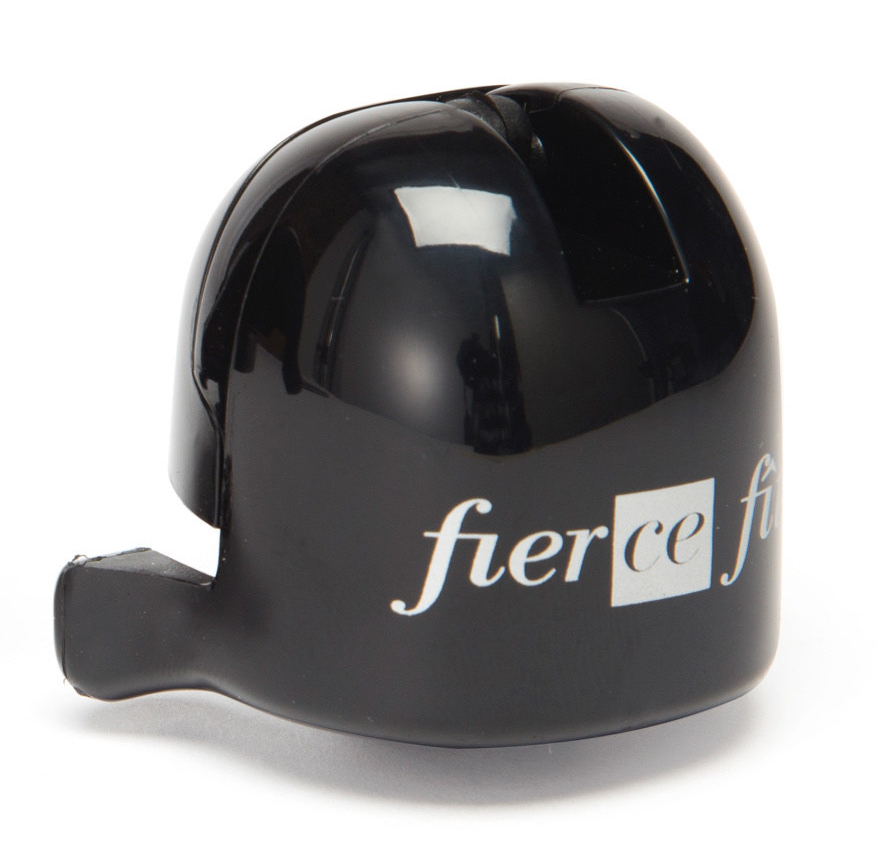Champagne Blanc de Blancs
DEFINITION
The term "Blanc de Blancs" originated in Champagne as it was used to avoid confusion between white wines made only with white grapes and white wines made with black grapes.
This expression therefore determines the types of grape varieties used in the assemblage of a Cuvée.
Blanc de Blancs means that the Champagne has been elaborated exclusively from the white grape variety, Chardonnay, the only one authorized in Champagne.
Aromatic elegance, minerality, fine structure, freshness linked to a good level of acidity, good aging potential... these are some of the characteristics of these Cuvées!
THE CHARDONNAY
The Chardonnay represents 29% of the vineyard: with a yellow-green skin and a colorless pulp, it is particularly well suited to the pure chalk of the Côte des Blancs (from which it takes its name), as well as that of the Sézanne region or that of Vitry-le-François. It is found to a lesser extent on the Montagne de Reims.
As a delicate and early grape variety, it is particularly sensitive to spring frosts.
In this Champagne region where assemblage is the key word, a Blanc de Blancs has become synonymous with delicacy, elegance and freshness.
Its slow maturation and evolution as well as its acidity make it an ideal complement for the excellent aging of the wine.
When blended with Pinot Noir and Meunier, it "lights up the picture" and energizes the whole.
However, purists and wine lovers appreciate it especially when vinified alone.
HISTORY
For a very long time, Chardonnay was the ugly duckling of Champagne.
In the 17th and 18th centuries, white wines were produced in very small quantities.
One still spoke of
1. Wines from the river (the Marne)
2. Wines from the mountain (the Montagne de Reims)
These were then called "still" wines, without bubbles.
The "still" wine of the Côte des Blancs was considered inferior to the other two.
It could not be stored well and was consumed by the winegrowers on the spot and in the cabarets. It was sold at low prices.
Over the years, and with the development of sparkling Champagne and blending, Chardonnay was finally used in teh elaboration of Champagne.
However, it is only after the Second World War that the Blanc de Blancs was developed.
Today the price of a kilo of grapes for a Grand Cru Blanc de Blancs can reach quite substantial figures.
TERROIRS
"Only the vine makes us understand what the true flavor of the earth is," said a famous French writer.
The link between the geological characteristics of a soil and their sensory perception in the wine is fundamental.
Chardonnay is a perfect example, translating "like an open book" the typology and characteristics of the minerals it absorbs from the soil. Thus, each Cuvée Blanc de Blancs has its own olfactory and gustatory characteristics that depend on many factors, from the soil to the elaboration.
The wines of Champagne mono-variety Chardonnay present to the tasting characters which will vary according to the soil which carries them.
Differences are expressed according to the Crus and from one region to another:
- the vines of Cuis in the north give more powerful Champagnes and those of Oger are finer and more incisive, Avize in the middle is characterized by the finesse of its wines which also have a nice presence in the mouth.
- The Blanc de Blancs is not only in the Côte des Blancs, some Chardonnays next to Pinot Noir or Meunier grapes bring different and more robust aromas, allowing the elaboration of very interesting Cuvées.
This is how the best winemakers wish to go further than the simple "fine and elegant" to express the terroir.
TASTING
To taste and appreciate a Cuvée in all its splendor, it is essential to recognize the different aromatic notes and to understand which grape varieties are at the origin of these aromas! The aromas are the spices of Champagne. Chardonnay remains quite typical in tasting.
When it is young, it will have a pale yellow color with green reflections, the nose will be predominantly floral and fruity (white flower and citrus type). In the mouth, the balance is dominated by acidity, these are fresh and nervous wines.
When it has reached a certain maturity, the Blanc de Blancs offers a more sustained yellow color, with a predominantly fruity nose (white fruits, yellow fruits, even dried apricots and hazelnuts...). The mouth is balanced with a freshness which remains perceptible, but more attenuated.
After a prolonged ageing on lees, the color is green gold to straw, the nose evolves by aromas of roasting, dried fruits, even dried mushrooms. If the mouth presents more roundness, it remains very fresh and straight with a beautiful length of mouth.
All these factors make each Cuvée Blanc de Blancs a unique and rare wine!
And now that you know everything about Blanc de Blancs and Chardonnay, go to our Boutique to taste it with your most varied dishes!
Cin cin et à votre santé!

 My bag
My bag
 The Boutique
The Boutique
 Login
Login


